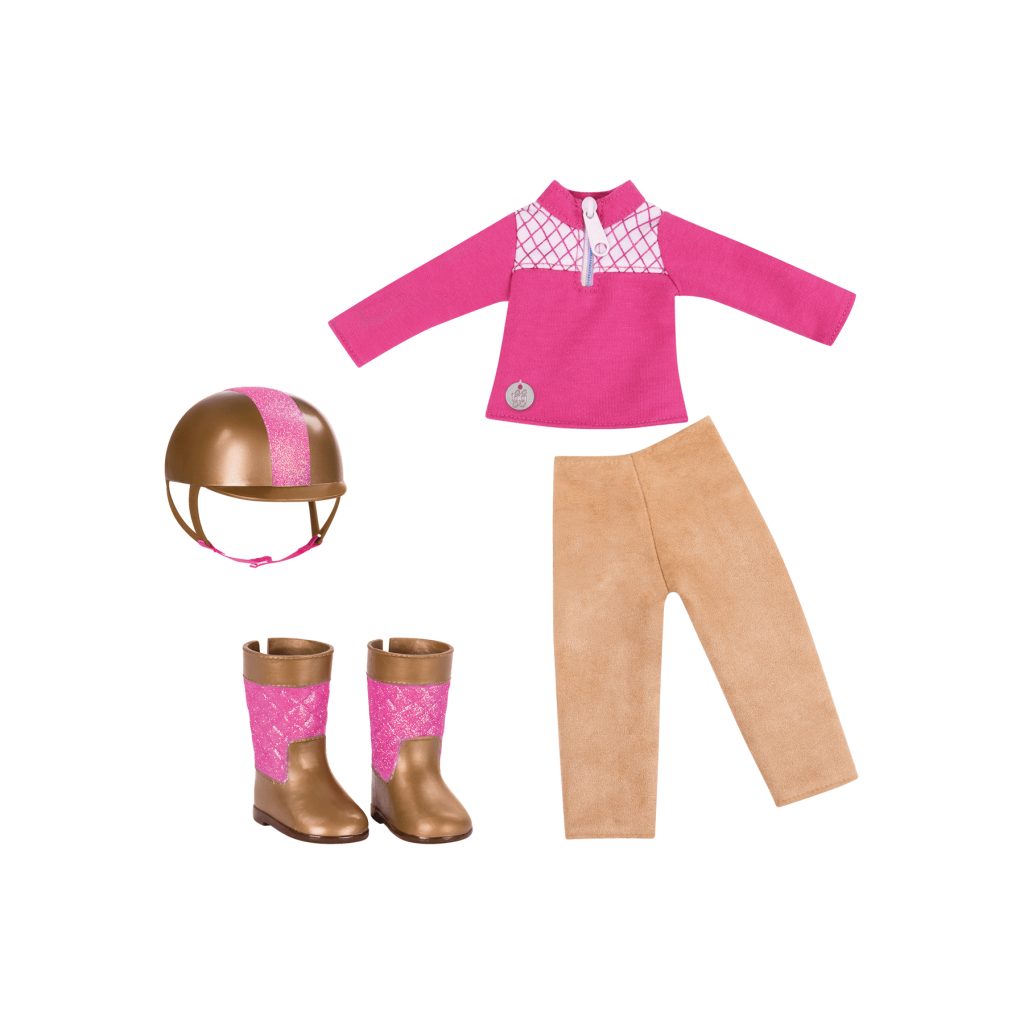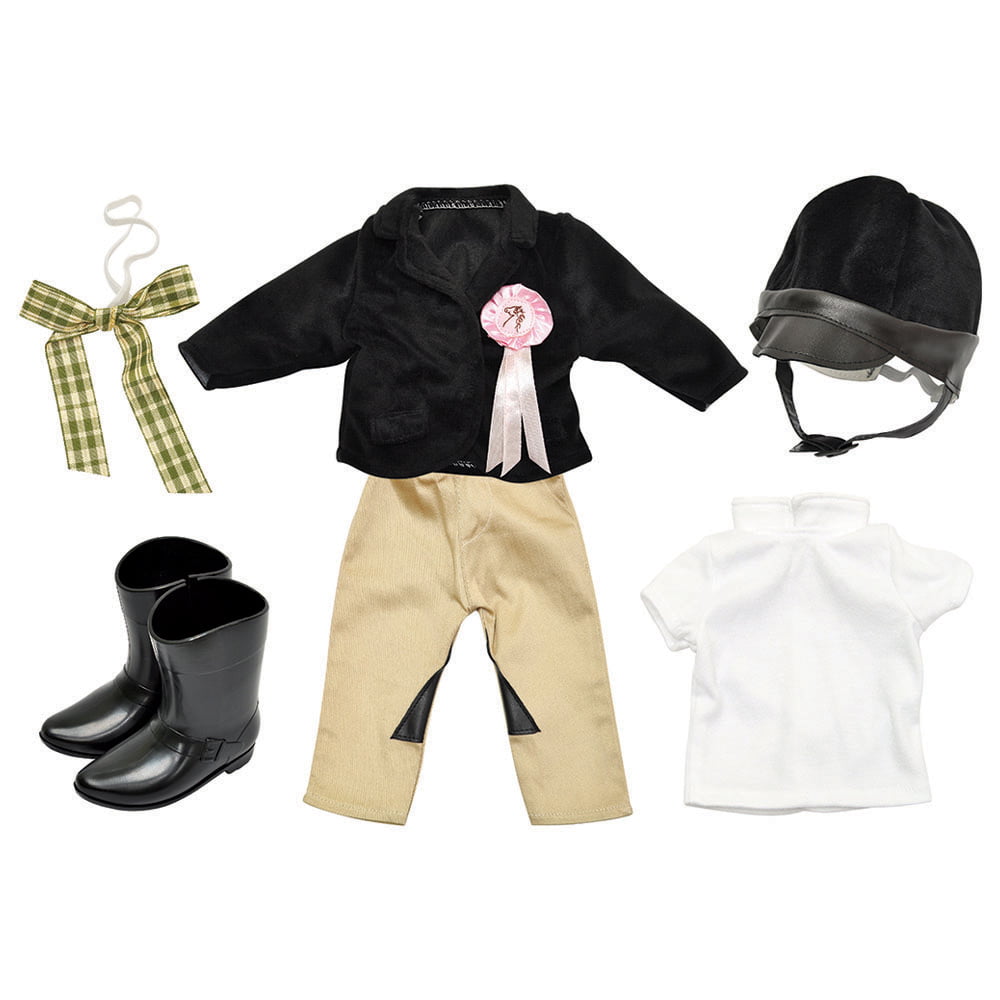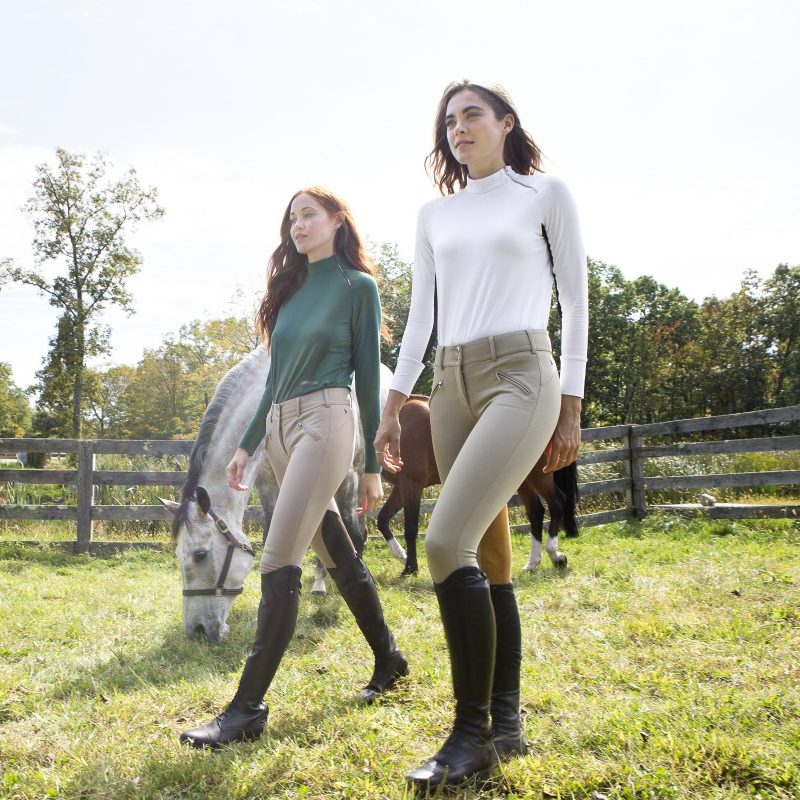Introduction to Equestrian Style
Equestrian outings require specific attire that combines functionality, comfort, and style. Whether you are riding competitively or enjoying a leisurely gallop through the countryside, having the right outfit is essential. The right equestrian outfit can enhance your performance, ensure safety, and improve your confidence while on horseback. This article will explore the key components of a proper equestrian outfit, including materials, styles, and accessories.
Dressing appropriately also reflects your respect for the sport and makes a good impression. Equally, wearing suitable attire can help protect you from environmental factors, such as sun exposure or chafing. Understanding what to wear and why each piece is important is crucial for any equestrian. Let’s delve into the various elements that make up an effective and stylish equestrian outfit.
Essential Riding Tops
The Importance of Riding Shirts
When selecting a riding shirt, comfort is paramount. Riding shirts are designed specifically for the unique movements required while on horseback. These shirts often feature breathable, moisture-wicking fabrics that help regulate body temperature. Staying dry during rides is vital to avoid discomfort and distraction.
Indeed, many riders prefer long-sleeved shirts for sun protection, especially during daytime rides. Fabrics with UPF (Ultraviolet Protection Factor) ratings serve as an effective barrier against harmful UV rays. In colder months, layering is crucial, so choose materials that provide warmth without sacrificing comfort.
![]()
Styles and Features to Consider
Riding shirts come in various styles, including short-sleeve, long-sleeve, and quarter-zips. Many modern riding shirts also feature stylish designs, patterns, and colors, allowing riders to express their individuality. Look for shirts with functional pockets, button-down features, or vents for added utility and style.
Many riders prefer fitted shirts that won’t flap in the wind or get caught on the saddle. Additionally, consider selecting materials that are easy to clean, as riding often comes with dirt and sweat. A well-selected riding shirt not only enhances performance but also contributes to overall enjoyment while riding.
Choosing the Right Riding Breeches
Functionality and Comfort
Riding breeches are a staple in equestrian outfits. These specialized pants are designed for the unique demands of riding. They typically feature a high waistband and a snug fit that prevents chafing. The fabric is often stretchy, allowing for free movement in the saddle, crucial for effective riding techniques.
Most riding breeches are crafted from durable materials that withstand wear and tear while still providing comfort. The design usually includes a reinforced seat, which adds extra protection against wear from prolonged riding. Investing in high-quality breeches is essential, as they will enhance comfort and performance.
Types and Styles of Breeches
There are several types of riding breeches available, catering to different riding disciplines and personal preferences. Knee-patch breeches offer grip while providing versatility, and are often favored by dressage and jumping riders. Full-seat breeches provide friction across the entire seat, which many Western riders prefer.
Breeches are available in varying lengths, including full-length, capri, and shorts. Choosing the right style depends on the weather and personal preference. Additionally, various colors are available, offering riders an opportunity to mix their style while maintaining formality. Look for options that match your riding helmet and boots for a polished look.

Footwear for Equestrians
Importance of Riding Boots
Footwear plays a critical role in the equestrian outfit. Proper riding boots are designed to provide support, protection, and grip, ensuring your safety in and out of the saddle. Riding boots typically feature a slight heel to keep your feet secure in the stirrups and prevent slipping.
Traditional tall riding boots are common in dressage and show jumping, offering both support and style. In contrast, paddock boots or ankle boots are more versatile options featured in English riding and casual settings. Selecting the right type of riding boot for your discipline enhances both comfort and performance.
Comfort and Fit
When choosing riding boots, look for a snug yet comfortable fit. A well-fitted boot should feel supportive but allow for flexibility. Consider trying on various brands and styles to identify what’s best for you. Many riders opt to break in their boots gradually to ensure comfort, specifically during longer rides.
Ensure that any footwear you select provides ankle support, as this is crucial for maintaining control and stability while riding. Waterproof options may also be beneficial if you plan to ride in various weather conditions. Perfectly fitted boots contribute significantly to a pleasurable riding experience.
Protective Gear and Accessories
The Role of Equestrian Helmets
Safety should always be a top priority for equestrians. A properly fitted riding helmet is crucial in protecting your head during riding activities. Modern helmets are designed to be lightweight, ventilated, and comfortable. They come in various styles and sizes to accommodate different head shapes.
When selecting a helmet, look for helmets meeting safety standards set by organizations like ASTM (American Society for Testing and Materials). Many helmets feature adjustable straps to ensure a secure fit while riding. Regularly check your helmet for signs of wear or damage, and replace it every few years to maintain safety.
Additional Protective Gear
In addition to helmets, consider other protective gear such as gloves and body protectors. Riding gloves enhance grip and control while providing comfort during long rides. Look for gloves made from breathable materials to maintain comfort.
Body protectors are crucial for those participating in jumping or cross-country riding. They provide extra protection for the torso in case of falls. Ensure body protectors are properly fitted as well, allowing for ease of movement while still providing adequate coverage. Wearing the right protective gear is essential for ensuring safe riding experiences.

Weather Considerations in Equestrian Attire
Dressing for Different Conditions
Weather can significantly impact your riding experience. Preparing for different conditions will help you stay comfortable and focused during your ride. On sunny days, prioritize breathable, moisture-wicking fabrics to stay cool as you ride. Choose lightweight materials that allow for airflow while still offering protection from the sun.
During cooler months, layering becomes essential. Invest in thermal base layers, which provide warmth without being bulky. Include a proper riding jacket that is both waterproof and breathable to keep you warm and dry while allowing excess moisture to escape. Dressing in layers provides flexibility for changing temperatures throughout the day.
Adapting to Rainy Conditions
If you plan to ride in the rain, having suitable rain gear is essential. Lightweight, waterproof jackets with hoods can keep you dry and comfortable while riding in wet conditions. Look for jackets with ventilation to avoid overheating while remaining protected from the elements.
Additionally, consider using waterproof breeches or gaiters for your legs to keep moisture at bay. Proper footwear is crucial, as well. Waterproof riding boots will help keep your feet dry in wet conditions. Understanding how to dress for various weather conditions enhances your riding experience and ensures safety and comfort throughout your time in the saddle.
Equestrian Fashion Trends
Current Trends in Equstrian Outfits
Equestrian fashion has evolved significantly over the years, with trends reflecting both functionality and style. Many modern riders prioritize fitted and fashionable attire to create a polished look while maintaining comfort. Popular colors, patterns, and designs can allow riders to express their personality both in the arena and on the trails.
One current trend focuses on sustainable materials. Eco-friendly fabrics and ethical production methods are gaining traction, reflecting a growing awareness of environmental responsibility within the industry. Many brands now provide stylish options while promoting both sustainability and performance.
Accessories as Fashion Statements
Accessories also play a vital role in modern equestrian fashion. High-quality belts, unique riding gloves, and stylish helmets can enhance your outfit while fulfilling their practical purpose. Customization is becoming a trend as well, with riders personalizing equipment with colors and designs that reflect their unique style.
Many riders also incorporate branded apparel, showcasing affiliations with barns, schools, or events. This worn pride continues to grow in popularity, adding a personal touch to the equestrian outfit. Equestrian fashion may blend traditional elements with modern trends, creating an exciting and dynamic expression of individuality in the riding community.
Conclusion: Dressing for Success in Equestrian Fashion
In conclusion, a well-thought-out equestrian outfit is essential for comfort, performance, and safety while riding. Understanding the various elements, from tops and breeches to footwear and protective gear, helps ensure that you dress appropriately for each outing. By considering weather conditions and recent fashion trends, riders can stay both stylish and functional.
Investing in high-quality gear and clothing is crucial for any equestrian, regardless of experience level. Prioritize comfort and fit to create an enjoyable riding experience. Whether you’re riding competitively or enjoying leisurely rides in the countryside, being properly attired enhances your overall enjoyment of the sport.
Ultimately, dressing for success in equestrian fashion combines practicality and style. Embrace the importance of your equestrian outfit as you connect with horses and nature, building unforgettable memories along the way. With the right attire, you can embark on every equestrian adventure with confidence and joy!
